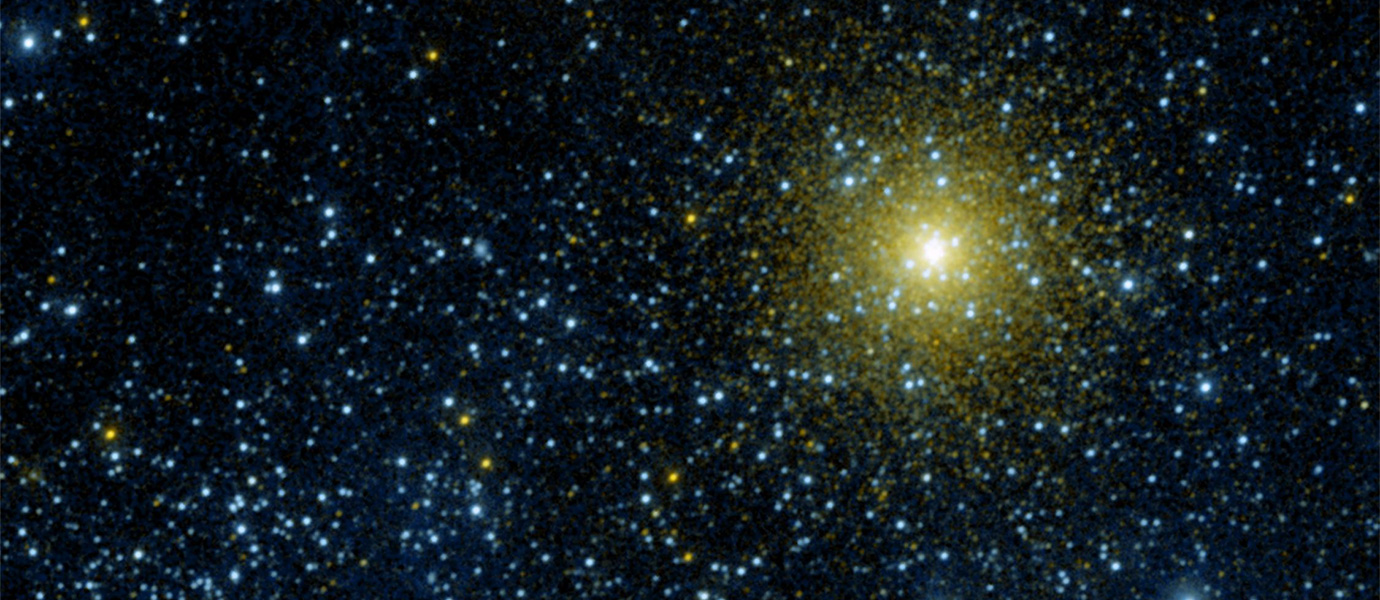ABOUT
Saunders Planetarium
Discover the stars and gaze in awe at the universe in the Saunders Planetarium at MOSI. The state of the art star projector will simulate the night sky from any place on Earth at any time in the past, present, or future! Take a tour of the night sky, guided by one of MOSI’s expert astronomers and discover the stars and planets.
contact info
Hrs: Daily 10AM - 5PM.
HELPFUL LESSON PLAN(S)
Prepared by FieldTripDirectory.com
Planetarium Lesson Plan
FUN FACTS
Earth has more exposed water than land. Three quarters of the Earth is covered by water! The earth has one moon.
Venus is the brightest planet in our sky and can sometimes be seen with the naked eye if you know where to look. It is the solar system’s brightest planet — yellow clouds of sulfuric acid reflect the sun’s light.
Jupiter is so big that you could fit all the other planets in the solar system inside it.
Pluto is no longer considered a planet — instead, astronomers call it a dwarf planet or planetoid.
View Lesson Plan>>ABOUT
Saunders Planetarium
Discover the stars and gaze in awe at the universe in the Saunders Planetarium at MOSI. The state of the art star projector will simulate the night sky from any place on Earth at any time in the past, present, or future! Take a tour of the night sky, guided by one of MOSI’s expert astronomers and discover the stars and planets.
contact info
Hrs: Daily 10AM - 5PM.
HELPFUL LESSON PLAN(S)
Prepared by FieldTripDirectory.com
Planetarium Lesson Plan
FUN FACTS
Earth has more exposed water than land. Three quarters of the Earth is covered by water! The earth has one moon.
Venus is the brightest planet in our sky and can sometimes be seen with the naked eye if you know where to look. It is the solar system’s brightest planet — yellow clouds of sulfuric acid reflect the sun’s light.
Jupiter is so big that you could fit all the other planets in the solar system inside it.
Pluto is no longer considered a planet — instead, astronomers call it a dwarf planet or planetoid.
View Lesson Plan>>ABOUT
Saunders Planetarium
Discover the stars and gaze in awe at the universe in the Saunders Planetarium at MOSI. The state of the art star projector will simulate the night sky from any place on Earth at any time in the past, present, or future! Take a tour of the night sky, guided by one of MOSI’s expert astronomers and discover the stars and planets.
contact info
Hrs: Daily 10AM - 5PM.
HELPFUL LESSON PLAN(S)
Prepared by FieldTripDirectory.com
Planetarium Lesson Plan
FUN FACTS
Earth has more exposed water than land. Three quarters of the Earth is covered by water! The earth has one moon.
Venus is the brightest planet in our sky and can sometimes be seen with the naked eye if you know where to look. It is the solar system’s brightest planet — yellow clouds of sulfuric acid reflect the sun’s light.
Jupiter is so big that you could fit all the other planets in the solar system inside it.
Pluto is no longer considered a planet — instead, astronomers call it a dwarf planet or planetoid.
View Lesson Plan>>ABOUT
Saunders Planetarium
Discover the stars and gaze in awe at the universe in the Saunders Planetarium at MOSI. The state of the art star projector will simulate the night sky from any place on Earth at any time in the past, present, or future! Take a tour of the night sky, guided by one of MOSI’s expert astronomers and discover the stars and planets.
contact info
Hrs: Daily 10AM - 5PM.
HELPFUL LESSON PLAN(S)
Prepared by FieldTripDirectory.com
Planetarium Lesson Plan
FUN FACTS
Earth has more exposed water than land. Three quarters of the Earth is covered by water! The earth has one moon.
Venus is the brightest planet in our sky and can sometimes be seen with the naked eye if you know where to look. It is the solar system’s brightest planet — yellow clouds of sulfuric acid reflect the sun’s light.
Jupiter is so big that you could fit all the other planets in the solar system inside it.
Pluto is no longer considered a planet — instead, astronomers call it a dwarf planet or planetoid.
View Lesson Plan>>
